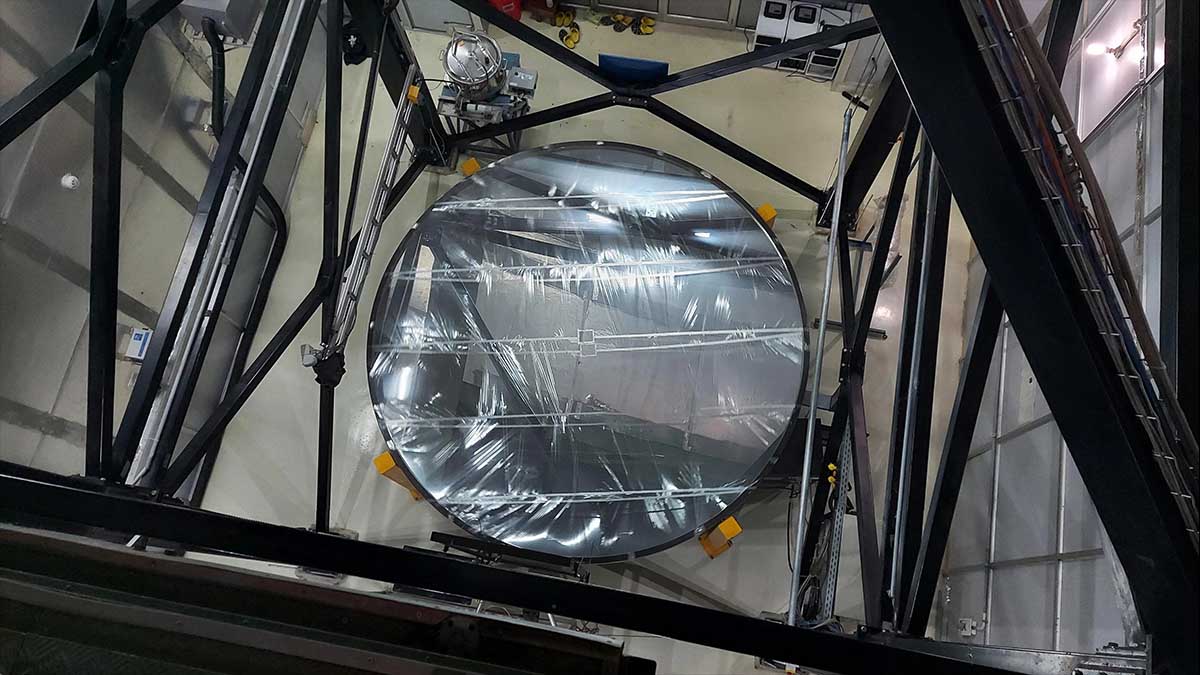Indian Made Liquid Mirror Telescope is Ready To Give Scientists a View of the Sky

Innovation is consistently pioneering every aspect of humanity, and Astronomic contributions can’t be overlooked; they assisted scientists and astronomers in understanding space.
However, a new sight has appeared high in the Himalayas. An all-new telescope is set to see the night sky. The contraption features a 13-foot (4 meters) lens, but here’s the catch, it contains liquid mercury, a material rarely used for astronomical imaging.
International Liquid Mirror Telescope (ILMT) uses a layer of liquid mercury that floats on a thin layer of compressed air. The quicksilver revolves and takes a parabolic shape in the procedure. By installing a camera on the focal point of a paraboloid, the observers will image objects in the sky.
New Technology and an all-new experience
At first sight, the telescope’s mirror seems like an ordinary reflective surface. However, in reality, it consists of a liquid transported up the mountain through a company that specializes in hazardous materials.
The telescope mirror is quite safe unless someone tries to drink it, as per the ILMT team, a reasonable substitute for the telescope mirror materials.
Paul Hickson, the astronomer at the University of British Columbia who works with liquid mirror technologies, said, “The main advantage is the relatively low cost of a large liquid mirror compared to a large conventional telescope mirror,” in an email to Gizmodo.
The telescope will be placed at 8,000 feet above sea level on the Indian side of the Himalayas. It will inspect a patch of sky that consists of hundreds of thousands of galaxies and some thousand quasars, Hickson states. (Quasars are galactic cores that are bright in the night sky.)
After imaging the nightly sky overhead directly, where it has the least atmospheric noise, astronomers can observe and conclude which objects are changing their positions in the sky over time, whether they are new supernovae, asteroids moving in front of luminous objects or a black hole which is bending light from sources behind.
An astrophysicist at the University of Liège in Belgium and the project director, Jean Surdej, said, “We have estimated that 50 new cases of multiply imaged quasars should be detected in the field of view of the ILMT,” in an email to Gizmodo.






